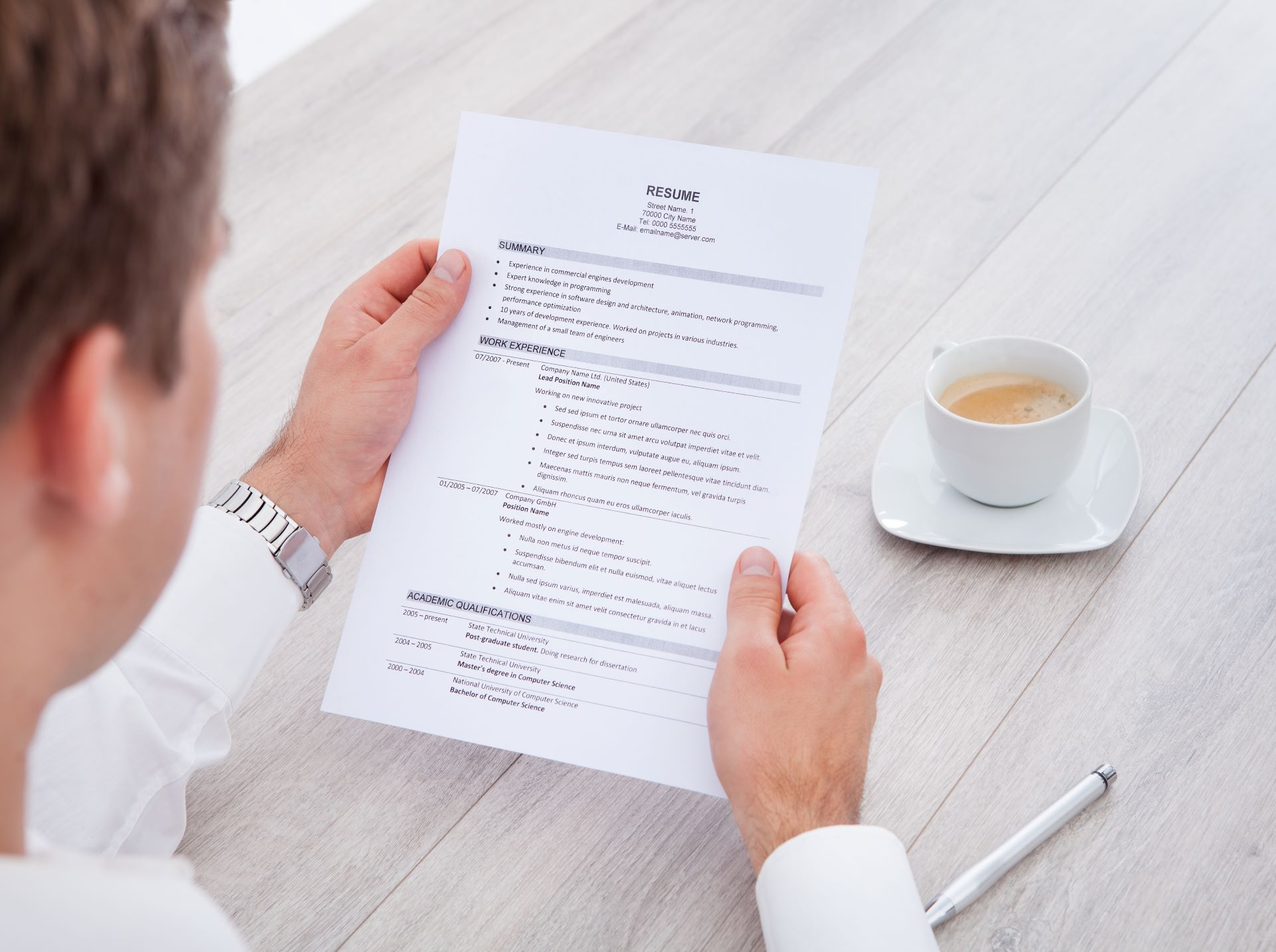How to create a resume Summary, Headline, and Goal

A resume summary, headline and objective are important elements of a well-formatted resume. They’re the first thing an employer will look at and must be customized to the job you’re applying to. We at Coffs Harbour Resume, we specialize in providing resume writing assistance to help you stand out from your competition. In this article, we’ll go over tips on how to write a resume summary the headline, your objective, and the headline.
Section 1: How to Write a Summary of your Resume
A Resume summary is a succinct paragraph at the top of your resume which summarises your skills and qualifications. It should be a few paragraphs or bullet points, and should focus on your most pertinent qualifications and accomplishments.
- Make it short The resume summary should consist of a concise summary of your qualifications and experience. Keep it to a few paragraphs as well as bullet-points.
- Use keywords: Use keywords relevant to the job you’re applying for. This will make your resume be seen by hiring managers as well as applications tracking software (ATS).
- Make it specific to the job: Tailor your resume summary to match the job which you’re trying to apply for. Highlight your skills and experiences that are relevant to the job.
- Include the most recent and relevant experience Highlight your most recent experience and that is relevant to your job. This will prove to the hiring manager that you’ve got what and experience that they’re looking to hire.
- Seek professional help: If you’re struggling to write your resume’s overview or assistance in tailoring it for the position, you might want to seek out professional assistance from Coffs Harbour Resume.
Section 2 What to Write in the Headline of a Resume
A headline for your resume is an eloquent headline at the top of your resume, which describes your abilities and experiences in a compelling and captivating manner.
- Make it concise A resume’s headline should be a brief description. Keep it to a few words or a brief sentence.
- Use keywords: Use keywords related to the job you’re applying for. This will help your resume be discovered by employers as well as applicant tracking systems (ATS).
- You can tailor it to the position tailor your resume’s headline to the specific position it is you’re submitting for. Highlight your skills and experiences that are most relevant to the position.
- Be creative: Use your imagination with your headline . Make the headline pop.
- Ask for help from a professional you’re having trouble writing your resume’s headline or assistance in tailoring it for the work you’re applying for, you should seek out professional assistance from Coffs Harbour Resume.
Section 3 How to write a resume Objective
A resume objective is a paragraph to be included at the end of your resume. It should explain your career goals as well as the specific job you’re submitting for.
- Keep it simple The objective of a resume should be a short statement. Limit it to just a few phrases or bullet points.
- Tailor it to the job: Tailor your resume objective for the specific job that you’ve applied for. Explain how you can contribute to the business’s goals.
- Be specific: Give specific details about your career goals , and how they relate to the position you’re applying to.
- Ask for help from a professional if you’re struggling to write your resume’s objective or require help tailoring it to the jobrequirements, you should seek out assistance from a professional at Coffs Harbour Resume.
With these suggestions You can make your resume’s summary, headline, and objective that effectively highlights your abilities and skills. Tailor them to the specific job you’re applying for and ask for help from a professional. Coffs Harbour Resume can also assist you with your resume and ensure that your resume stands out the crowd.
Alongside a powerful summary of your objective, headline, and summary ensure that you include relevant work experience, education as well as skills on your resume. Make use of strong action verbs to detail your previous responsibilities as well as accomplishments, and then measure your accomplishments whenever you can. For example, instead of saying "Helped customers with their questions," say "Assisted over 100 customers per week with their product or service related queries, which led to an increase of 20% in customer satisfaction ratings.




